
Essential PPE in the Food Industry: What You Need to Know
Overwhelmed by PPE options for food safety? Master your PPE selection for food workers safety with these practical tips.

Get 20€ off on your first order!
Welding environments can be noisy, and choosing the right hearing protection is essential for comfort and safety. This guide will help you select the best earmuffs, earplugs, or integrated systems to suit your needs, ensuring a proper fit and effective noise reduction.
By the end of this article, you’ll have all the information you need to make an informed choice and ensure your hearing protection works seamlessly with your other safety gear. Plus, we’ll provide tips for maintaining your protection, so it stays reliable over time.
Choosing hearing protection isn’t one-size-fits-all. Factors such as noise levels, comfort, compatibility with other safety gear, and durability play a crucial role. Let’s delve into each:
Start by evaluating the average noise levels in your work environment. Use a noise meter, such as handheld decibel meters or apps designed for this purpose, to ensure precise measurement. A noise meter or a workplace audit can help determine if the noise exceeds 85 decibels.
For extremely loud environments, combining earplugs with earmuffs provides an excellent solution for achieving optimal safety and comfort in high-noise environments. Learn more about the noise reduction rating (NRR) in our Hearing Protectors Buying Guide.
Welders often wear hearing protection for extended periods. Ensure your chosen product fits snugly without causing discomfort. Adjustable earmuffs and custom-fit earplugs are excellent options. For detailed advice on selecting earmuffs, see Earmuffs: Selecting the Right Hearing Protection.
Hearing protectors should integrate seamlessly with hard hats and safety helmets, such as models that feature low-profile earmuffs designed specifically for welding helmets. Some models are specifically designed to fit under helmets without compromising comfort or safety. Check options in our Hard Hats and Safety Helmets category.
Durable materials are key to reliable and consistent performance, even in demanding welding environments. Look for products resistant to heat, sweat, and dust, ensuring longevity in demanding environments.
Different types of hearing protectors cater to varying needs. The table below provides a quick comparison of earmuffs, earplugs, and integrated systems based on noise reduction, comfort, and compatibility with other gear. Below is an overview of the most common types used in welding:
Earmuffs offer robust noise reduction and are easy to wear. They’re ideal for welders working in high-noise environments. Explore our curated range of Earmuffs for welding applications.
Compact and lightweight, earplugs are a popular choice for flexibility. Reusable silicone plugs or disposable foam plugs are common options. For more insights, see How to Choose the Right Earplugs – A Buyer’s Guide.
Advanced systems combine hearing protection with communication devices, allowing seamless interaction in team settings without compromising safety. These systems are ideal for industrial welding teams.
In Europe, EN 352 outlines the requirements for hearing protectors, including earmuffs and earplugs. Ensuring compliance with this standard guarantees that the product meets noise reduction and safety requirements. Learn more about EN Standards from this guide in Wikipedia.
Proper maintenance extends the life of your hearing protection and ensures consistent performance. Below is a summary table of maintenance tips for different types of hearing protectors: Follow these steps:
At Droppe, we offer a comprehensive range of hearing protectors tailored for welding professionals. Explore our Hearing Protectors category to find earmuffs, earplugs, and advanced systems that suit your needs.
For additional safety gear, consider browsing related products like Cut Resistant Gloves and Safety Helmets.
We hope this guide has helped you navigate the key factors in choosing the right hearing protection for welding, from noise levels to comfort and compatibility. Whether you’re working in industrial welding or handling more specialized tasks, we’re here to support your needs.
Explore our full range of hearing protectors at Droppe, featuring trusted brands designed for durability and performance in demanding environments.
For more insights and recommendations, revisit our Comprehensive Guide to Hearing Protectors.
Have any questions or need advice on selecting the perfect hearing protection? Feel free to reach out—we’re always here to ensure your safety and confidence with every purchase.
– The Droppe Team
Earmuffs cover the ears for greater noise reduction, while earplugs fit inside the ear canal and are more compact. Both offer effective protection depending on your needs.
Yes! Many earmuffs are designed to fit comfortably under welding helmets without compromising safety or comfort.
Check the Noise Reduction Rating (NRR) on the product packaging. Higher NRR means better noise reduction.
Replace them when they show signs of wear, such as damaged ear cushions, reduced noise reduction, or discomfort.
Yes! Some advanced integrated systems allow for both hearing protection and communication, ideal for team environments.
Thank you! You've signed up for our newsletter.
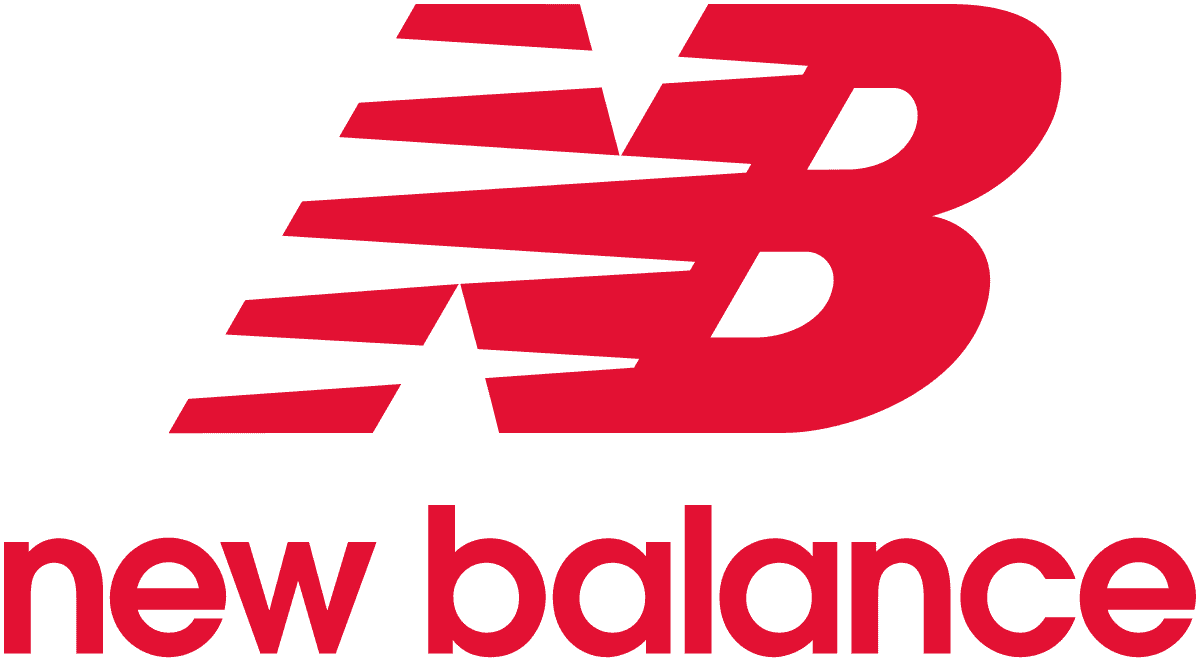

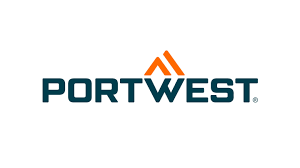
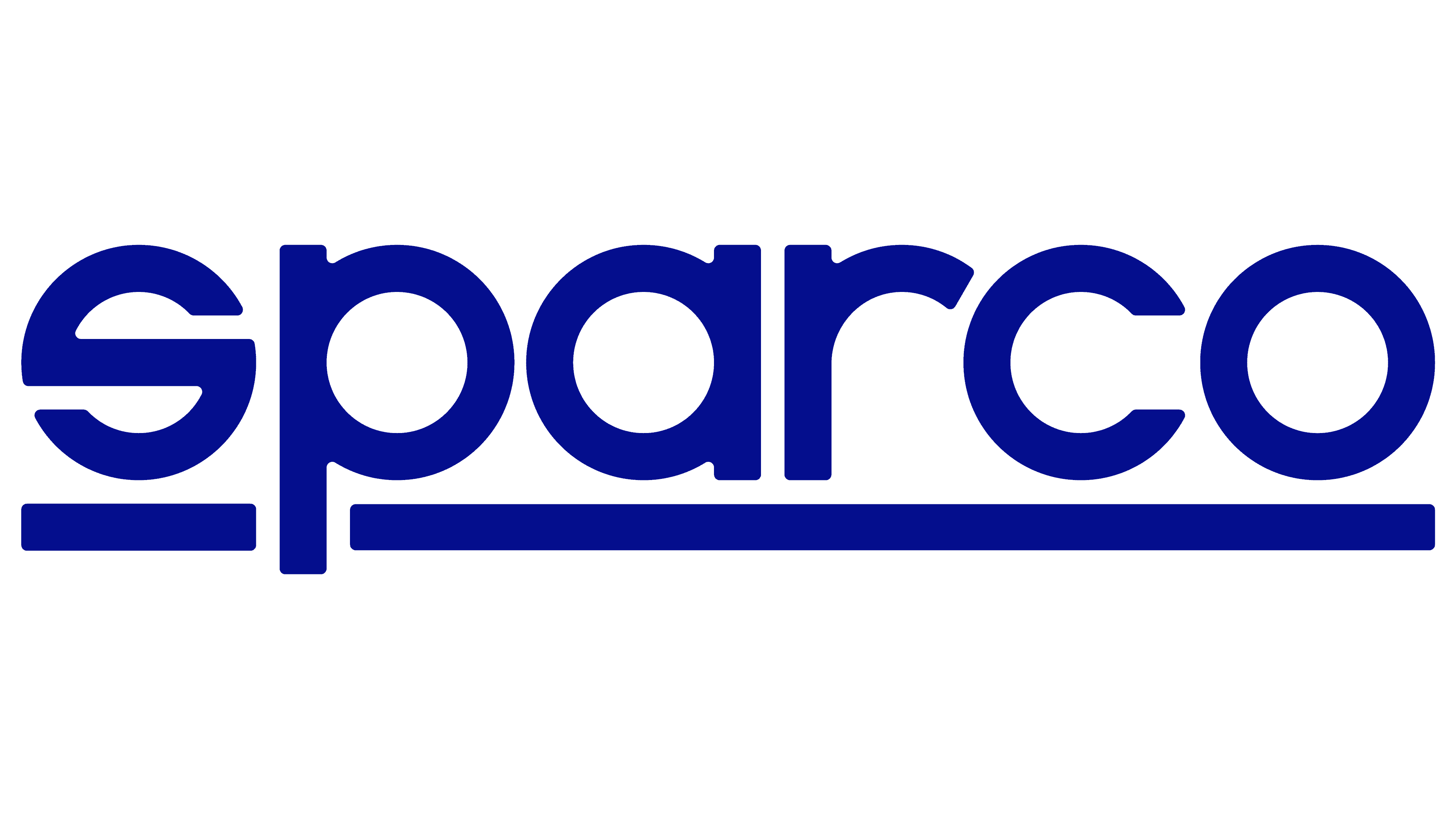
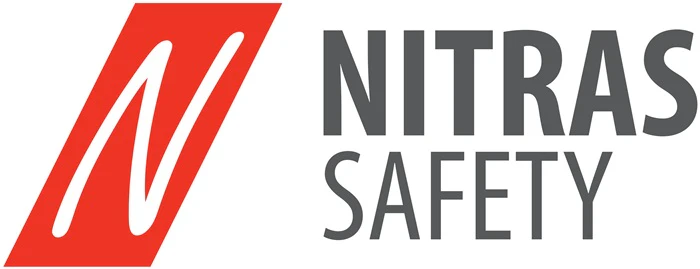





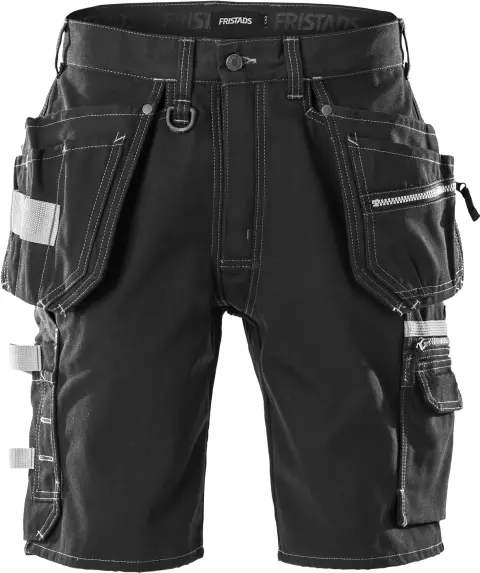
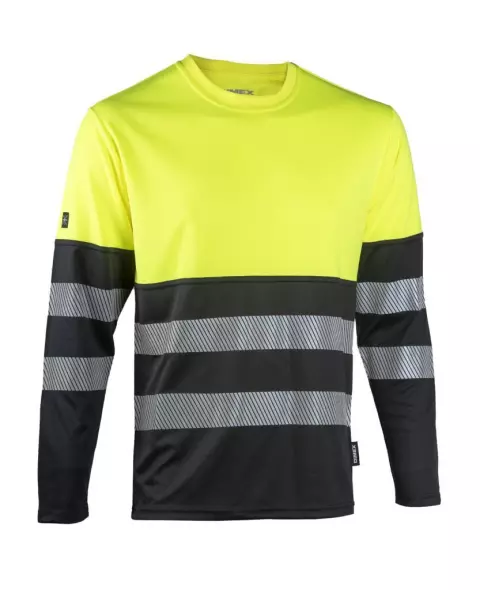
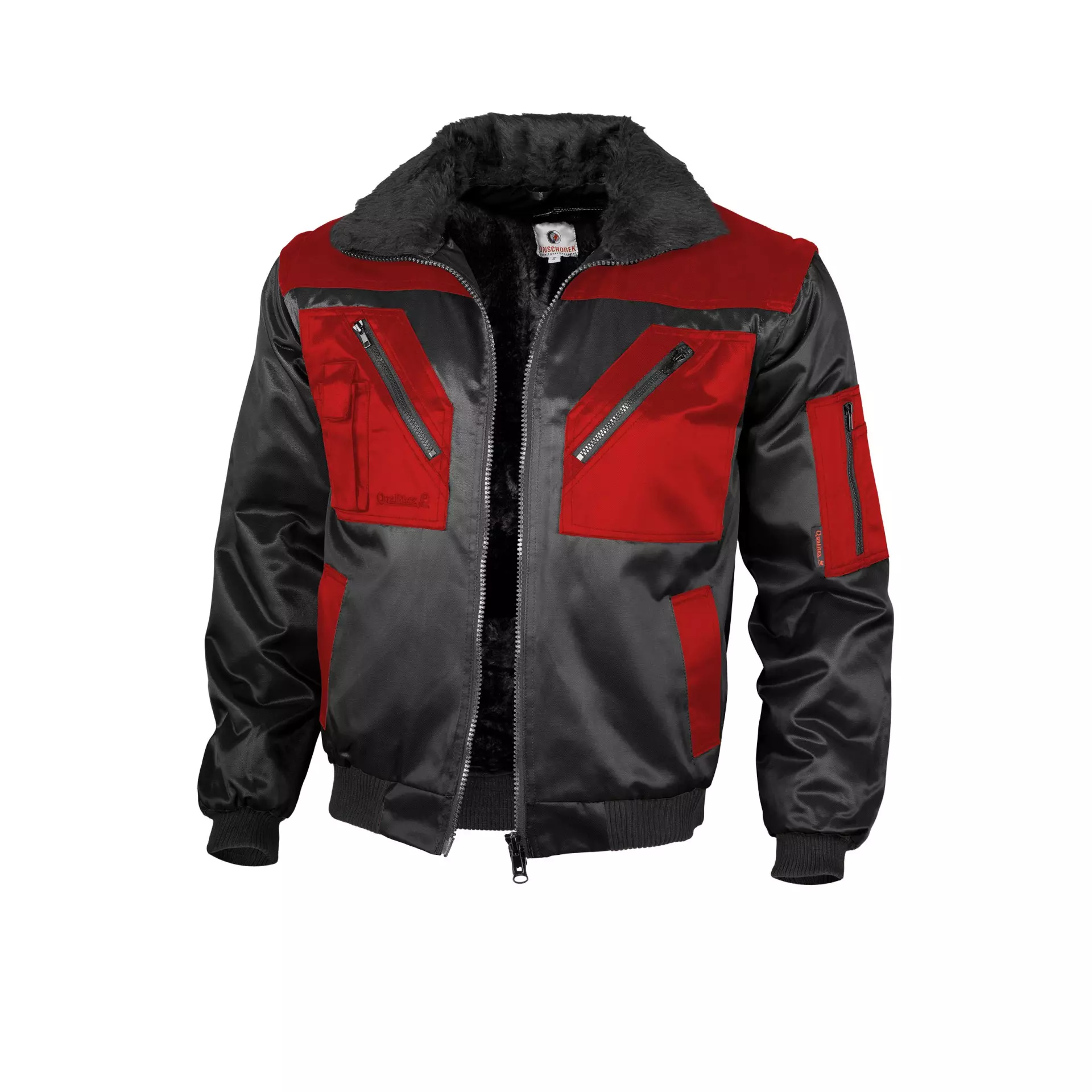
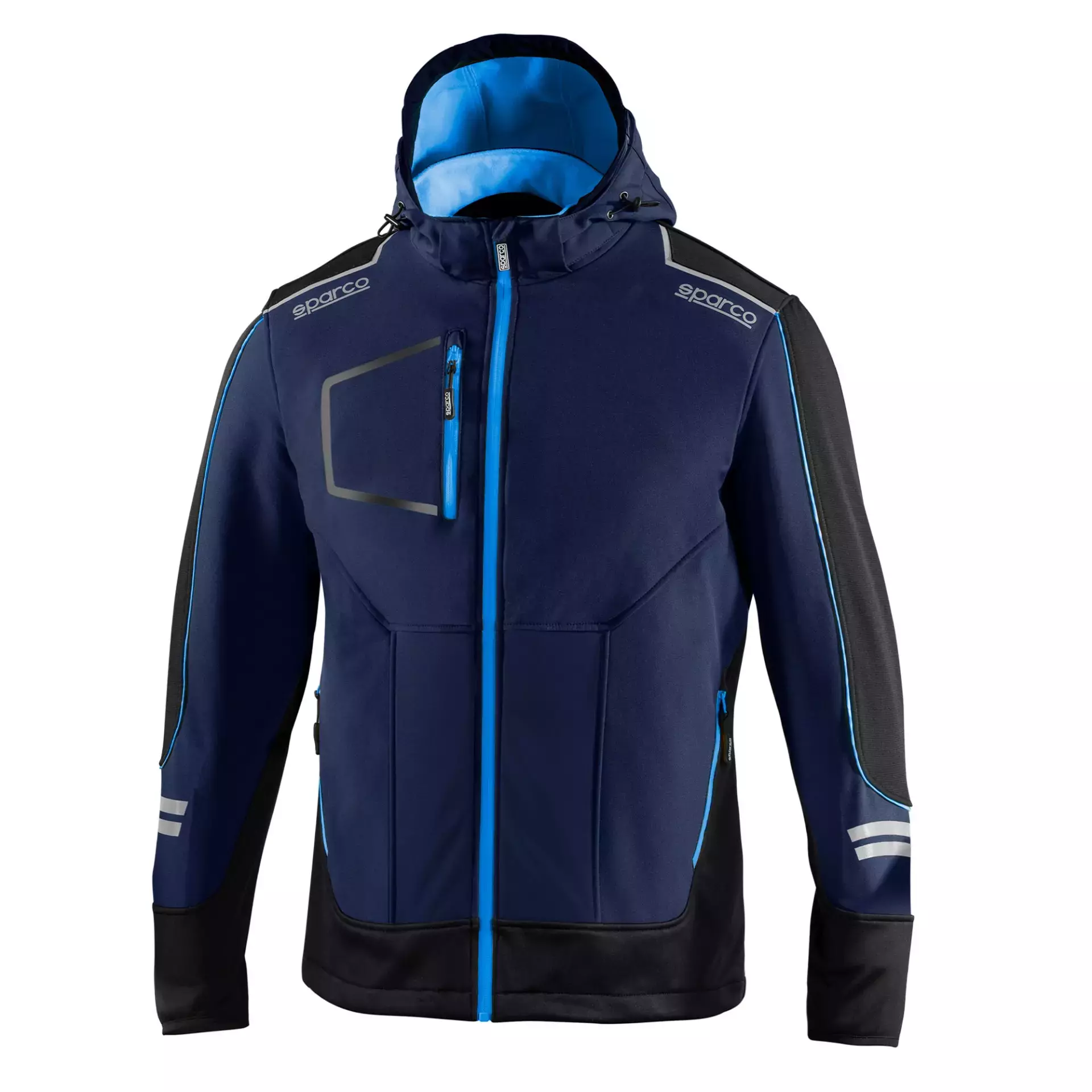





Overwhelmed by PPE options for food safety? Master your PPE selection for food workers safety with these practical tips.

Struggling to maintain clear vision in demanding environments? This guide is here to help. By the end, you’ll know exactly...
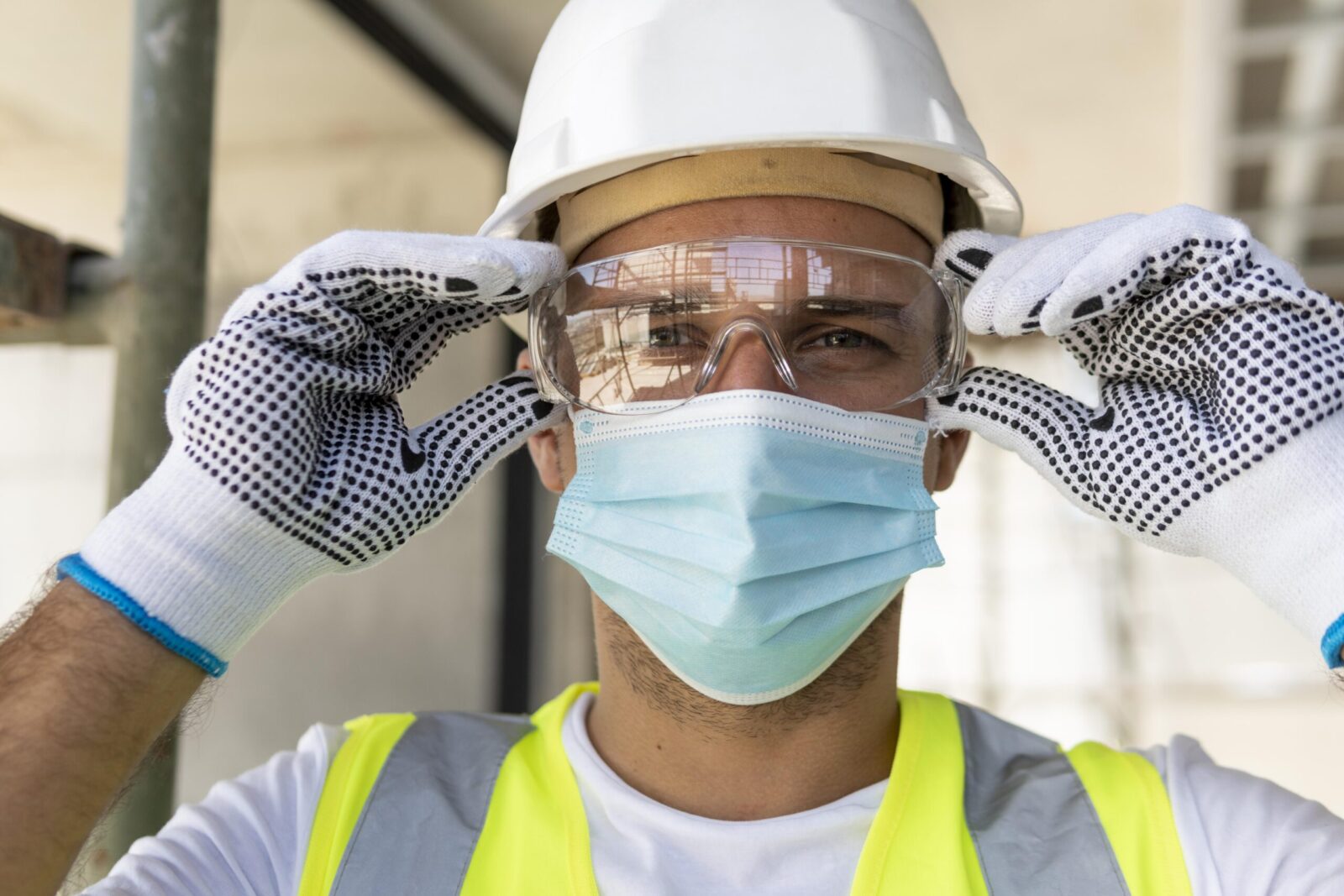
Electricians across Europe face unique challenges that require reliable safety glasses to ensure both protection and efficiency. Whether safeguarding against...

Overwhelmed by PPE options for food safety? Master your PPE selection for food workers safety with these practical tips.

Struggling to maintain clear vision in demanding environments? This guide is here to help. By the end, you’ll know exactly...

Electricians across Europe face unique challenges that require reliable safety glasses to ensure both protection and efficiency. Whether safeguarding against...
Get 20€ off on your first order!
Save 30% by buying directly from brands, and get an extra 10€ off orders over €100
Save 30% by buying directly form brands, and get an extra 10€ off orders over €100